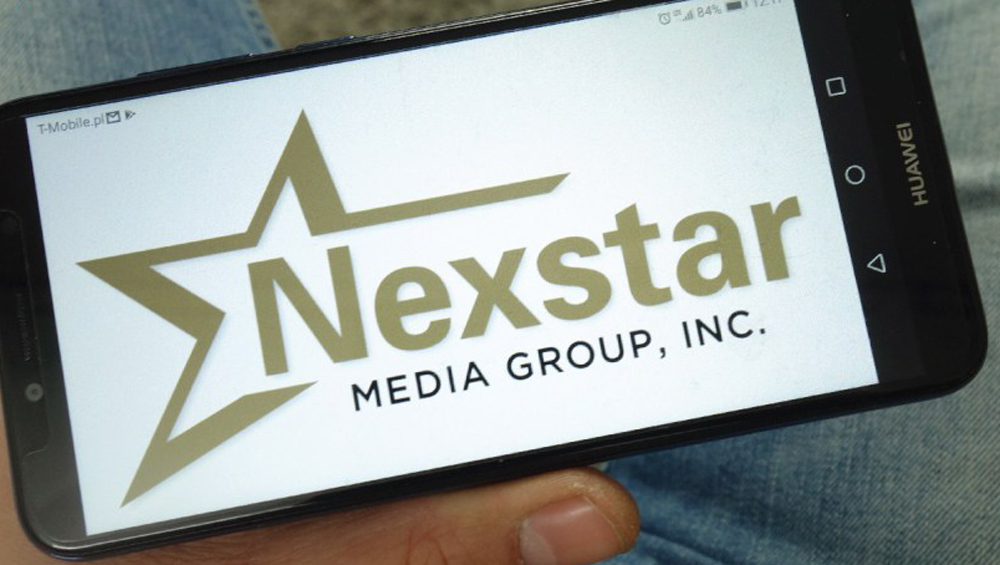Nexstar Says ‘Not So Fast,’ Claims Broadcast Is Future of TV
Charter-Disney deal is positive for broadcast, station owner argues

Amid the gloom and doom from the linear television business, the biggest broadcaster, Nexstar Media Group, has released a new presentation aimed at convincing investors that broadcast not only has a future, but a bright one.
The presentation starts off by arguing that the recent deal that ended a blackout between The Walt Disney Co. and Charter Communications is actually a positive one for broadcast.
How does Nexstar argue that? Well, first of all, Charter decided not to drop the ABC network and stations. It also kept ESPN and live sports in the traditional pay TV bundle.
Also Read: How the Disney-Charter Deal May Affect Affiliate, DTC Revenue
Nexstar argues that the deal recognizes that “broadcast station content is the most premium content,” and that the new Charter offering, including streaming, should reduce churn, stabilizing the pay TV universe and reining in cord-cutting.
Nexstar also argues that by eliminating long-tail, less-watched networks, more money will be spent on premium content like broadcast TV.
In the presentation, Nexstar also argued that linear media now generates all media-company profits while streaming and direct-to-consumer services produce red ink. Nexstar said 77% of video revenue at the big media companies comes from linear.
The smarter way to stay on top of broadcasting and cable industry. Sign up below
Nexstar also noted that the broadcast networks (and their affiliates) carry the most watched programming, including local news.
If broadcast stations were paid retransmission fees equivalent to their ratings, revenue would be up between 35% to 78%, Nexstar said.
Speaking of sports, at a time when cable regional sports networks are imploding and streaming is taking more and more games, sports still draw large audiences on broadcast. Nexstar pointed to Thursday Night Football in its markets, where traditional viewing doubles streaming on Amazon Prime Video, and Clippers games in Los Angeles, where games on broadcast draw 99% more viewers than cable.
Nexstar concludes that “the future television ecosystem will favor broadcast television.”
The broadcaster argued:
- That pay-TV programming bundles will be rationalized, freeing up dollars for premium content, like broadcast television.
- That DTC content and services will be reintegrated within the linear bundle.
- That content will move back to the most widely distributed networks — broadcast — to maximize advertising revenue.
- That standalone pricing for DTC services will continue to increase to reduce DTC losses and rationalize pricing across platforms.
- That pay TV subscribers will continue to enjoy a superior experience enabling them to access all content in one aggregated product.
Nexstar noted that as the biggest of the broadcasters, its “scale and composition of high-quality content makes it a critical participant both to MVPDs/vMVPDs and networks.”
Jon has been business editor of Broadcasting+Cable since 2010. He focuses on revenue-generating activities, including advertising and distribution, as well as executive intrigue and merger and acquisition activity. Just about any story is fair game, if a dollar sign can make its way into the article. Before B+C, Jon covered the industry for TVWeek, Cable World, Electronic Media, Advertising Age and The New York Post. A native New Yorker, Jon is hiding in plain sight in the suburbs of Chicago.

